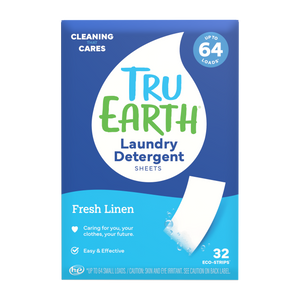Silver jewelry, with its timeless draw, often undergoes the natural tarnishing process, diminishing its radiant shine over time. In this guide, we will explore the intricacies of silver composition, the science behind tarnishing, and an array of meticulous cleaning methods that cater to different types of silver.
We explore methods suitable for all preferences, from gentle soap and water baths to the chemical reactions harnessed by baking soda and aluminum foil.

The Composition of Silver Jewelry
In its purest form, silver is too soft for practical use in jewelry, so it is often alloyed with other metals like copper to enhance durability. Sterling silver, for instance, consists of 92.5% silver and 7.5% copper.
This alloy creates a more robust material while retaining the stunning aesthetic appeal of silver. Other variations, such as silver-plated or tarnish-resistant silver, may have different cleaning requirements, so identifying the type of silver is the first step in effective cleaning.
Why Silver Tarnishes?
Silver jewelry, over time, undergoes a natural process called tarnishing. Tarnish results from a chemical reaction between the silver and sulfur-containing substances in the air. This reaction forms silver sulfide, a dark compound that adheres to the surface of the metal, dulling its shine.
Factors like exposure to air, moisture, and certain chemicals can accelerate tarnishing. Understanding this process is key to adopting the right cleaning methods to restore your silver jewelry's brilliance.
Methods for Cleaning Silver Jewelry
Soap and Water Bath
A simple and effective method involves a mild solution of soap and water. Create a soapy mixture using mild dishwashing soap and warm water.
Gently immerse your silver jewelry in the solution and let it soak for a few minutes. Use a soft-bristle toothbrush to scrub intricate details and hard-to-reach areas delicately. Rinse thoroughly, ensuring no soapy residue remains.
Baking Soda Paste
Baking soda is a versatile household ingredient that works wonders on tarnished silver. Create a paste by mixing baking soda with water, forming a consistency similar to toothpaste.
Apply the paste to your silver jewelry using a soft cloth or sponge. Gently rub the mixture onto the tarnished areas, paying attention to intricate patterns. Rinse thoroughly and dry with a soft cloth.
Aluminum Foil and Baking Soda Reaction
This method utilizes a chemical reaction to remove tarnish. Line a bowl with aluminum foil, ensuring the shiny side faces up. Add a tablespoon of baking soda and a pinch of salt to the bowl.
Pour hot water into the bowl and stir the mixture to dissolve the salt and baking soda. Place your silver items in the bowl, ensuring they touch the aluminum foil. Allow them to sit for a few minutes as the tarnish transfers from the silver to the aluminum. Rinse and dry thoroughly.
Commercial Silver Cleaner
Numerous commercial silver cleaners are available, offering convenience and efficiency. These cleaners typically come in creams, liquids, or polishing cloths.
Follow the product instructions carefully, as application methods may vary. Ensure that the cleaner is suitable for your specific type of silver to avoid any adverse reactions.
Preventing Future Tarnish
Cleaning is one aspect, but preventing future tarnish is equally important. Consider these measures to maintain the luster of your silver jewelry:
Anti-Tarnish Strips
Store your silver jewelry with anti-tarnish strips. These strips absorb airborne pollutants that contribute to tarnishing, providing a protective environment for your jewelry.
Proper Storage
Store your silver items in a cool, dry place, away from direct sunlight and humidity. Consider individual pouches or a jewelry box with anti-tarnish lining to minimize exposure.
Regular Wear
Surprisingly, wearing your silver jewelry can slow down tarnishing. The natural oils from your skin create a protective barrier, reducing the impact of external factors.
Avoiding Exposure
Protect silver jewelry from harsh chemicals, including household cleaning products, perfumes, and hair sprays. Remove your silver items before engaging in activities that may expose them to substances that accelerate tarnishing.
Common Mistakes to Avoid
Abrasive Materials
Avoid using abrasive materials, such as paper towels or tissues, as they can scratch the surface of your silver jewelry.
Boiling Water
While hot water is useful, boiling water can cause thermal shock, especially for delicate or gemstone-adorned pieces. Stick to warm water to prevent damage.
Toothpaste
Despite common belief, toothpaste can be abrasive and may cause micro-scratches on the surface of your silver. Opt for gentler cleaning solutions.

Final Thoughts
Maintaining the timeless elegance of your silver jewelry requires a blend of proper cleaning techniques and preventative measures. Regular care ensures that your cherished pieces remain radiant, allowing you to enjoy their beauty for years.
Whether it's a treasured heirloom or a contemporary design, the brilliance of your silver jewelry is within reach with the right cleaning approach.

